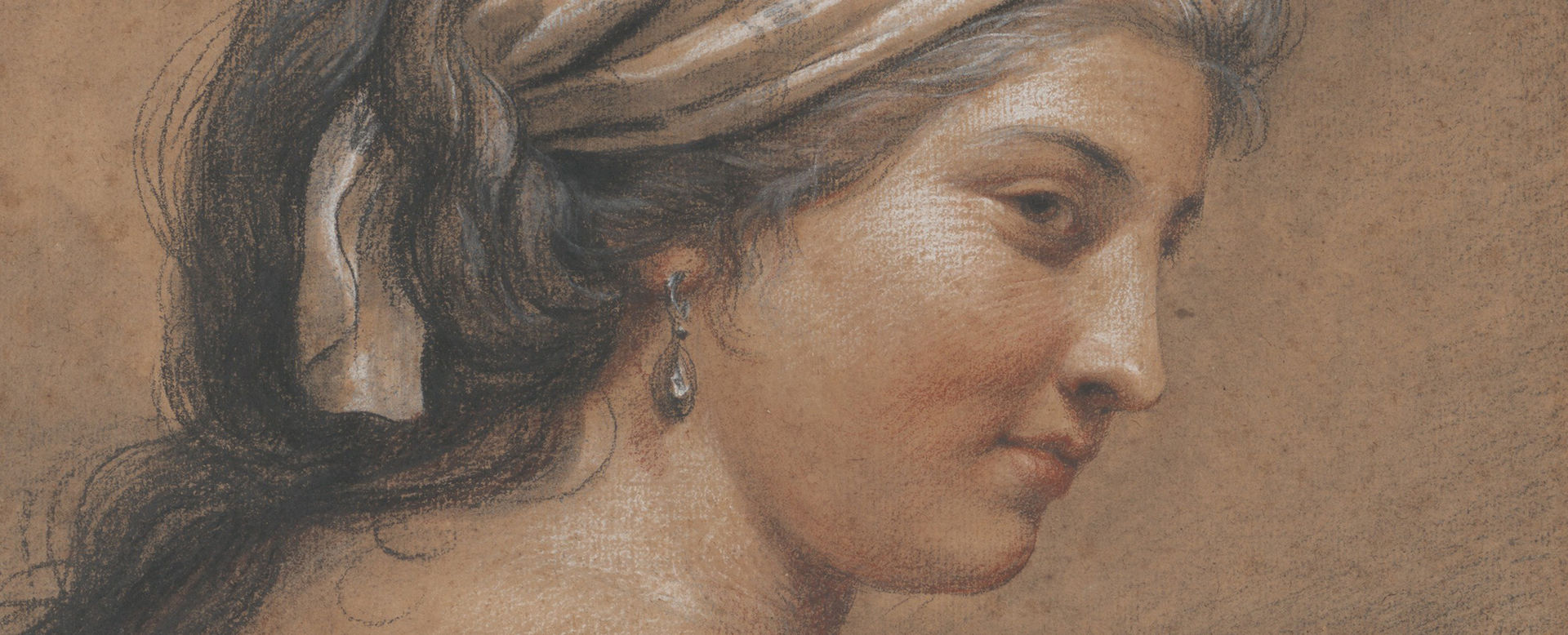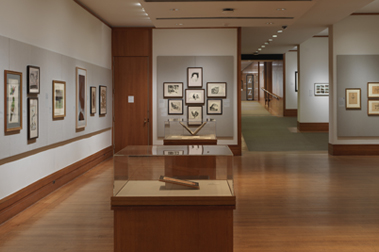A King of Judah and Israel
Martin Fréminet French
Not on view
Fréminet, who had built a considerable reputation in Italy, was summoned back to France in 1602 by the French king, Henri IV who, two years later, put him in charge of decorating the vault of the chapel of the Trinity at the château of Fontainebleau. Fréminet’s concept was for a compartmentalized ceiling featuring scenes in oil on plaster within a complex scheme of painted and gilt stucco ornament. This study is preparatory for one of the eight standing figures of kings of Judah and Israel which punctuate the side walls.
The figure’s strength and regal bearing are expressed in the lively ink line delineating the musculature and Roman military costume, while the anatomy is further accentuated with a smoky shading in black chalk and touches of white chalk. Drawn as if seen from below, the king stands in contrapposto, his right hand on his hip, recalling the muscular figure types of Michelangelo as well as the ancient statues of warriors and gods that Fréminet studied during his Roman sojourn. Overlaying these elements, is a lush and elegant sensibility derived from the richly textured milieu of the château of Fontainebleau where subjects of mythology, history, and religion were everywhere interwoven with a playful vocabulary of ornament and fantasy.
Perrin Stein, May, 2014
This image cannot be enlarged, viewed at full screen, or downloaded.




